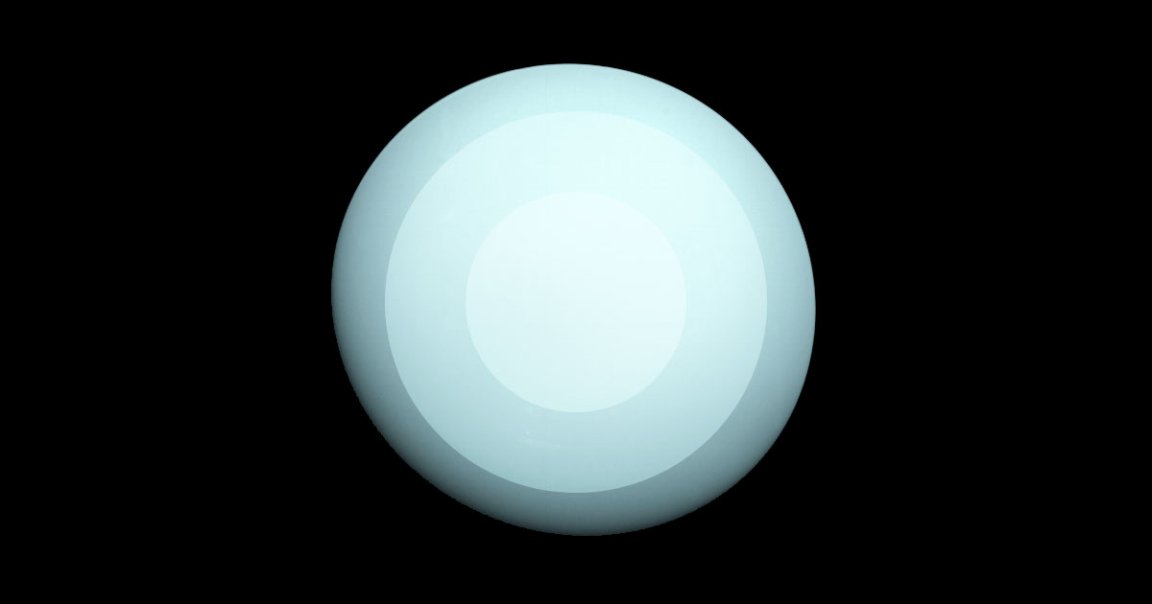
By modeling planets’ interior using computer simulations, an international team of scientists are having a closer look at the unusual watery cores of Uranus and Neptune.
Their simulation allowed them to analyze the thermal and electric processes at the core of the two ice giants since, according to a statement, these processes are often physically impossible to reproduce in an experiment back on Earth.
The researchers are hoping their simulations will shed new light on the formation and evolution of these ice giants, as well as their magnetic fields.
“Hydrogen and oxygen are the most common elements in the Universe, together with helium,” Federico Grasselli and Stefano Baroni from the International School for Advanced Studies (SISSA) in Trieste, Italy, first and last author of the paper published in the journal Nature Communications last month, explained in the statement.
“It is easy to deduce that water is one of the major constituents of many celestial bodies. Ganymede and Europa, satellites of Jupiter, and Enceladus, satellite of Saturn, present icy surfaces beneath which oceans of water lie,” they added. “Neptune and Uranus are also probably composed primarily of water.”
Their simulations explore the thermal and electrical conductivity down to the atomic scale for mere fractions of a nanosecond.
What they found was that the ice present in the cores of these giants is very much unlike the ice we’re used to here on Earth. “In such exotic physical conditions, we cannot think of ice as we are used to,” Grasselli and Baroni explain. “Even water is actually different, denser, with several molecules dissociated into positive and negative ions, thus carrying an electrical charge.”
This “superionic water” is not quite solid, nor is it a liquid — it’s somewhere in between. Hydrogen atoms roam freely, while the oxygen molecules are locked in a “crystalline lattice.”
That’d also mean that electrical conductivity of the water inside the cores is much higher than initially thought — suggesting that these unusual ice cores could have a great effect on the planets’ magnetic fields.
READ MORE: Scientists probe the weird, alien water inside of Uranus and Neptune [Space.com]
More on Uranus: Astronomers Use New Instruments to Probe Rings Around Uranus